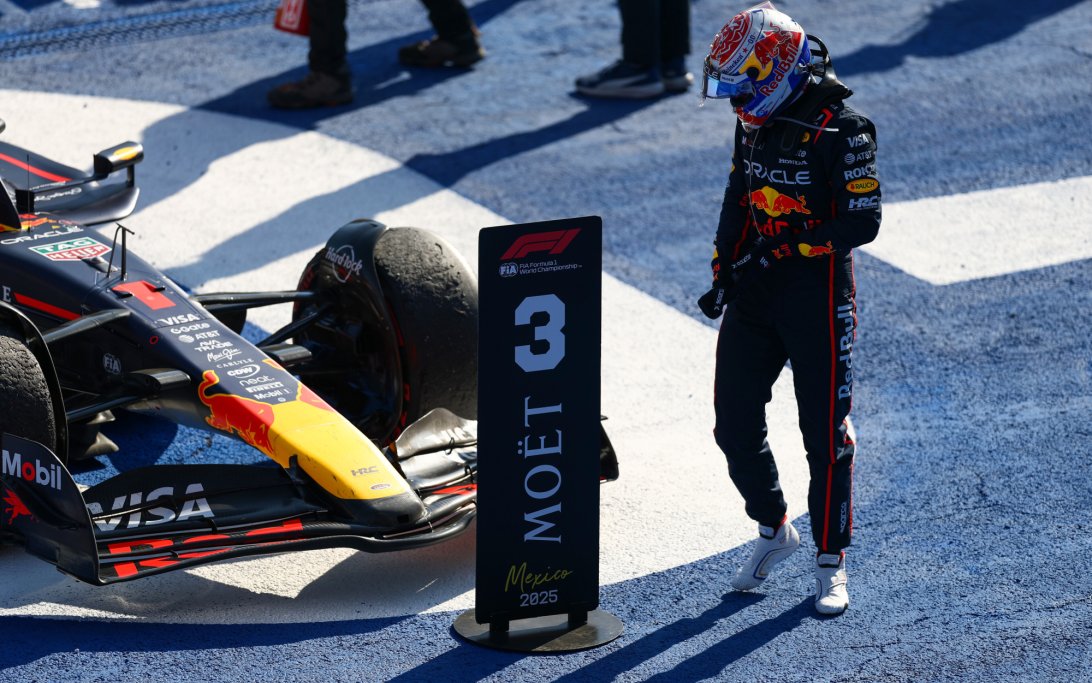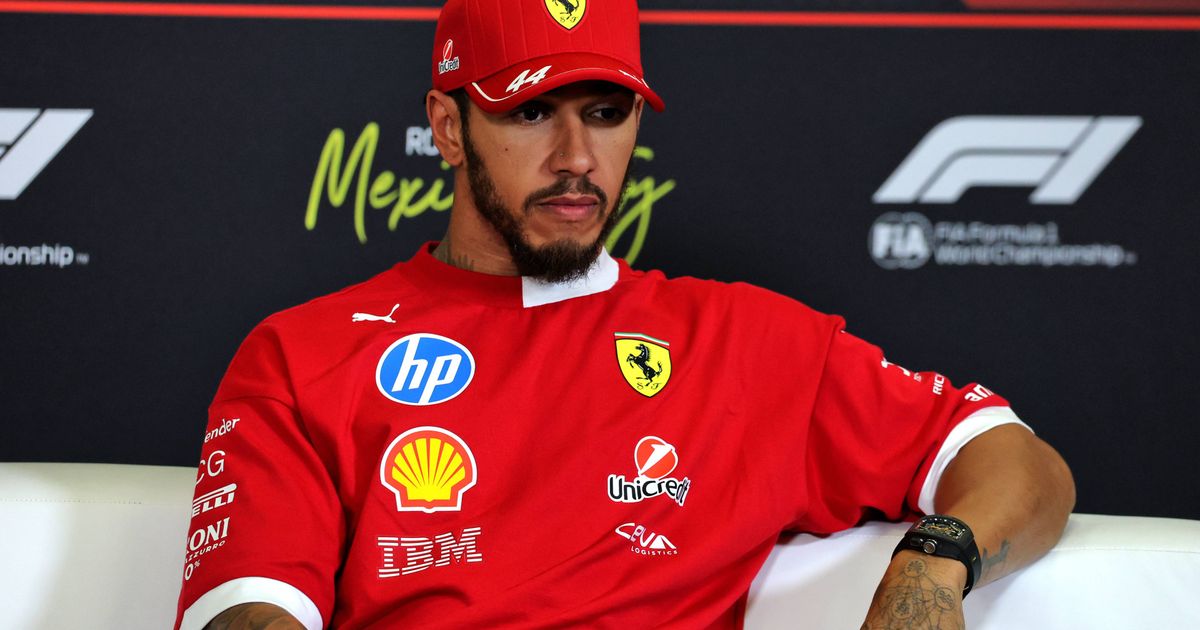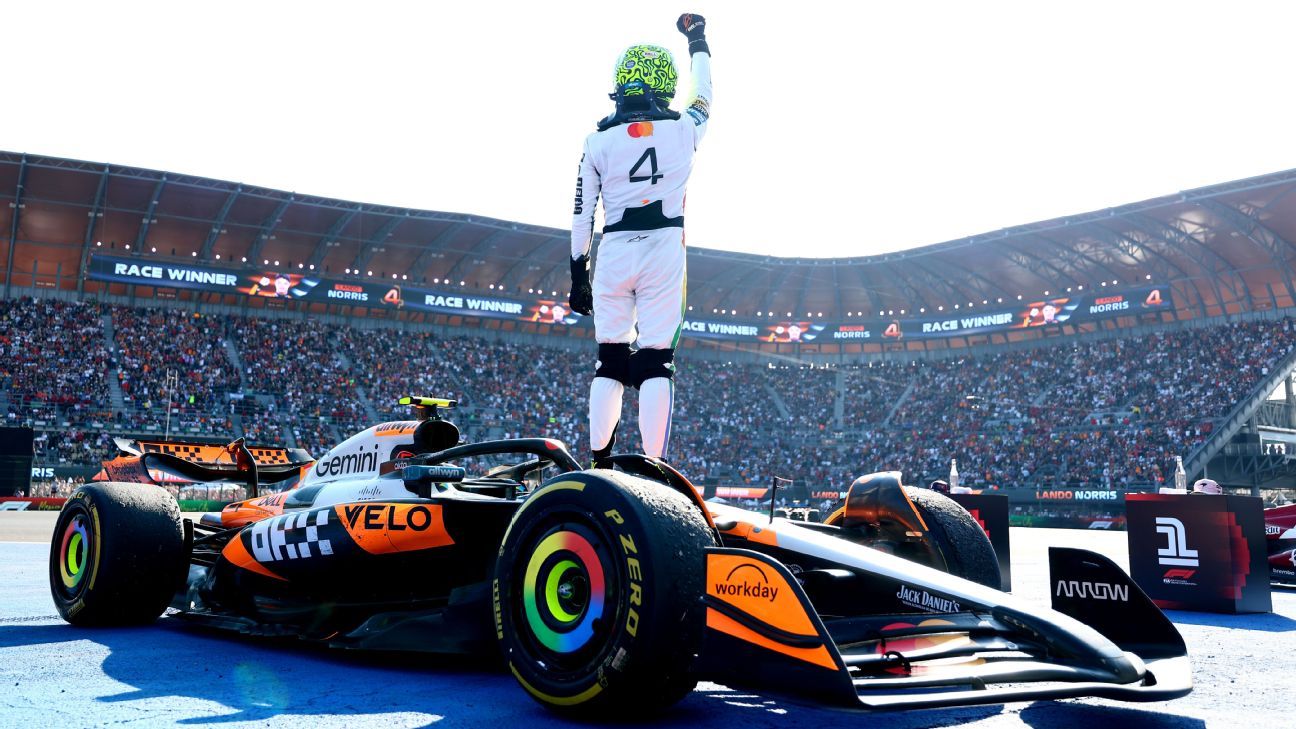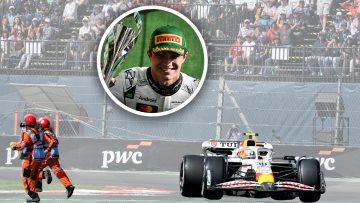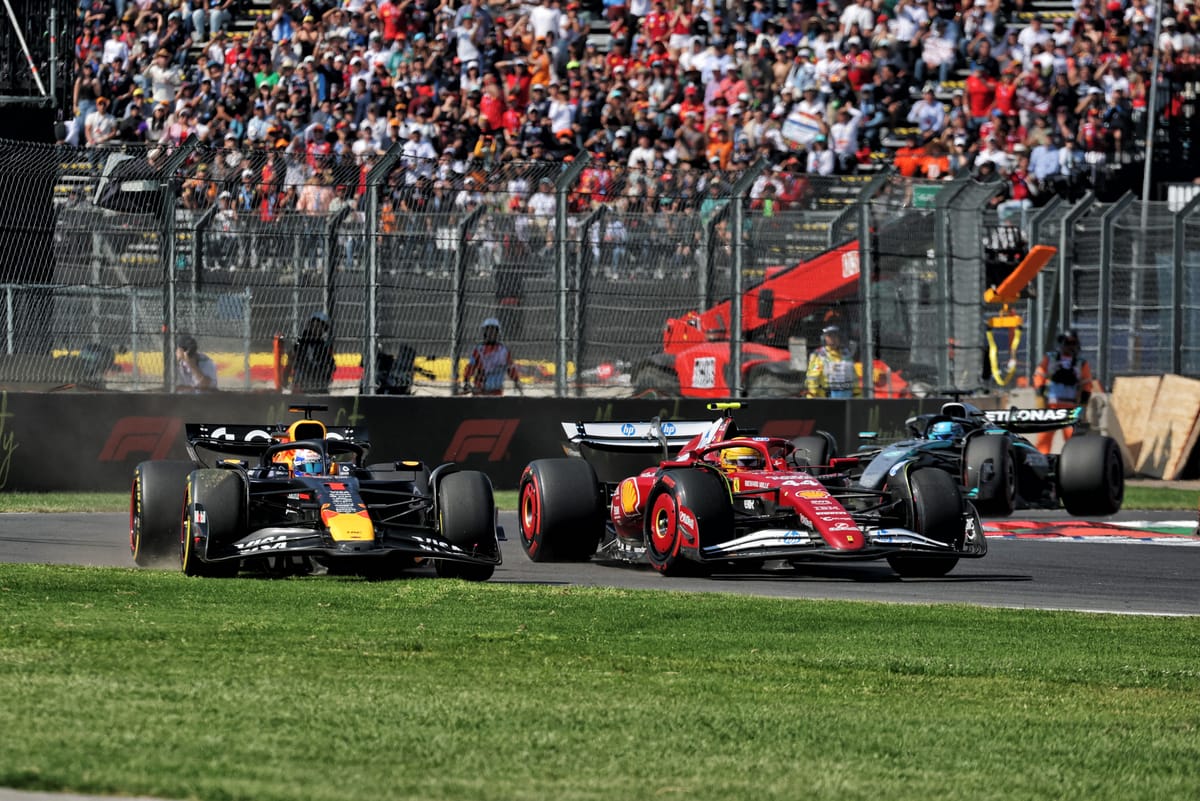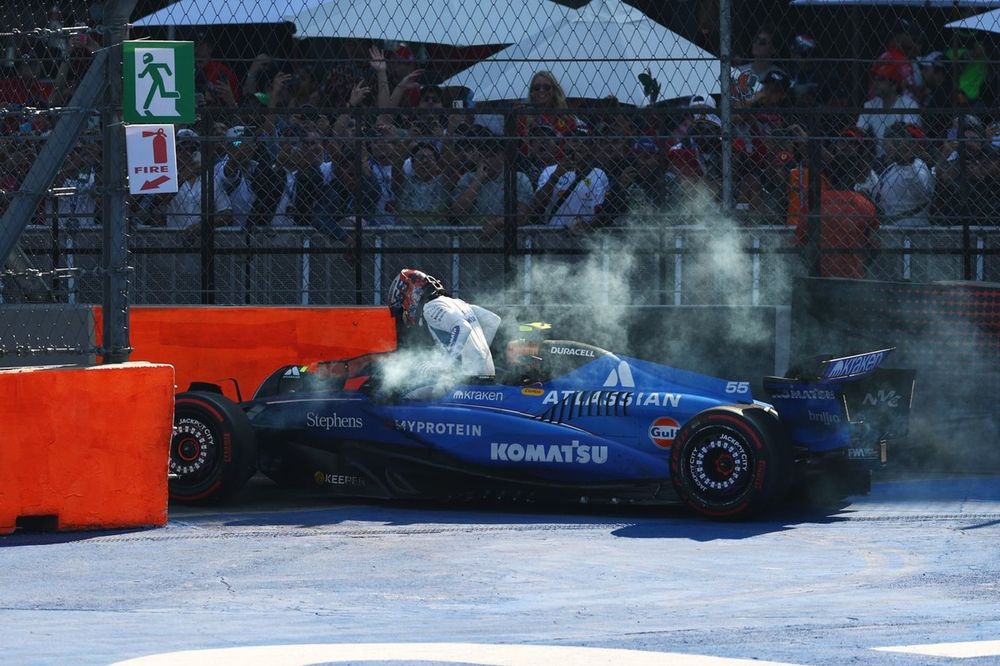
Carlos Sainz Details Williams' Mechanical Woes That Derailed Mexico GP
Carlos Sainz's Mexico Grand Prix was a cascade of unfortunate events, beginning with a Turn 1 skirmish that led to significant mechanical failures and ultimately, retirement. Despite promising pace, a series of sensor issues and subsequent penalties doomed his race.
Why it matters:
Carlos Sainz's strong performance and potential to score points for Williams were severely hampered by a chain of mechanical failures stemming from an early race incident. This highlights the fragility of F1 machinery and how quickly a promising race can unravel due to seemingly minor damage, impacting both driver and team's championship aspirations.
The Details:
- Opening Lap Mayhem: Sainz's troubles began with a multi-car squeeze into Turn 1. "We were three or four cars side by side, like always in Mexico, a tricky one," Sainz explained, attributing the start of his issues to this contact.
- Sensor Damage: The initial contact damaged his wheel rim, which in turn compromised a crucial rim sensor and speed sensors. This led to a critical failure of his pit limiter.
- Pit Lane Penalties: The non-functional pit limiter resulted in Sainz exceeding the pit lane speed limit on two occasions, incurring a total of 10 seconds in penalties, further hindering his progress.
- Race Pace Despite Issues: Despite the compromised car, damaged tires, and strategy, Sainz noted he still had competitive pace. "Even if I had a compromised strategy, compromised tyres, compromised car, we were quick but too many issues,” he stated.
- Retirement: Sainz eventually retired his car in the stadium section of the track. He attempted to pull off safely to avoid a safety car or VSC, parking it "into the inside of the barrier."
- Half-Spin Incident: When pressed on the exact reason for his retirement, Sainz admitted to a "half-spin" due to tire overheating while pushing hard to gain P14. He clarified that the team was planning to retire the car regardless due to the extensive issues.
Between the lines:
Sainz's account reveals the domino effect of F1 incidents. A minor contact at the start, an everyday occurrence in the sport, triggered a series of technical malfunctions that completely compromised his race. This underscores the intricate design of modern F1 cars, where the failure of one small component, like a sensor, can have widespread and race-ending consequences.
What's next:
The Williams team will undoubtedly conduct a thorough investigation into the mechanical failures to understand the full extent of the damage and prevent similar occurrences in future races. For Sainz, it's a frustrating end to a weekend where he showed promising pace, and he'll be looking to bounce back strongly in the next Grand Prix, hoping for a cleaner race free of technical woes.
Original Article :https://www.motorsport.com/f1/news/carlos-sainz-details-williams-mechanical-issu...


